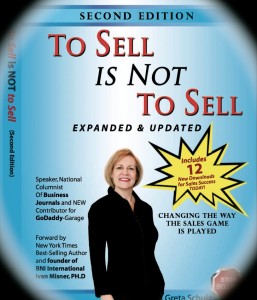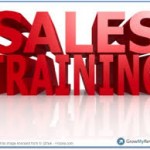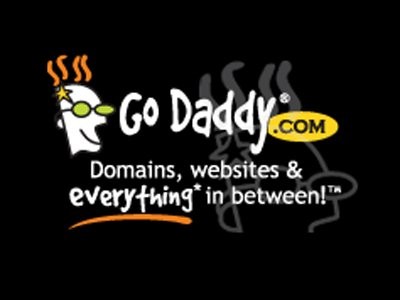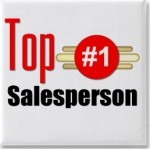Are salespeople born or are they made? I hear this question a lot. Surprisingly, the answer is “made.” Believe it or not, there are learned characteristics that help catapult success in sales. And they aren’t what you think.
First and foremost, when it comes to sales success, the two most important things you have to have are commitment and desire. You have to have the desire to be successful and the commitment to do whatever it takes to get there.
That being said, the other characteristics are based on beliefs and influence the ability to sell.
Here they are:
- Takes Personal Responsibility: Someone who lacks this trait always blames someone else (the prospect, the competition, the economy) for his or her lack of success. He has an answer for everything and an external explanation for why he didn’t get the business. So how do you test someone to see if he’s got this trait? Ask this question:
“If the economy shifts downward fifteen to twenty percent, and your goals were based on last year’s figures, how should your goal numbers change?”
- Can Control His or Her Emotions: Someone who lacks this trait takes things a prospect says personally. He gets excited over comments the prospect makes and does a lot of defending instead of learning why the prospect said what she did. To test for this trait, ask this question:
“If a prospect say’s she’s unwilling to work with us because of a bad past experience, but you know the company is different now and has corrected the problem, what would you do?”
- The Way Your Salesperson Makes His Own Purchases: This is a huge clue telling you how about that person’s selling style. A salesperson that comparison shops will empathize with prospects who do the same. Typically, this person’s number one factor in getting a “good deal” is the lowest cost. That’s trouble. So how do you test the trait? Ask this question:
“When you’re shopping for a large purchase, what’s your process like?”
There’s a whole bunch of other characteristics, but these three are interesting because most employers don’t look for them. Instead, they look for someone who’s outgoing, a “real people person”. Not only is that a not what to look for, but it can hurt you because the salesperson’s underlying beliefs are unknown.
Oh, by the way… when you ask the questions posed above, these are the answers you want to hear:
- They shouldn’t. Not at all. When the economy is good, salespeople are often “order takers”, rather than being true salespeople. Since it comes easy, they often forget (if they ever had it to start with) their real selling ability. The salesperson has to find a way to make sales happen and not accept that external factors are responsible. I wonder how your mortgage company would if you said this:: “The economy is down, so I’ll only be paying you 80% from now on.” Let me know how that one goes!
- Find out why and what happened. The wrong answer begins with “Yeah, but…” and defends something that not only doesn’t work, but also doesn’t get to the root of the real problem. For you to find out, you have to dig deep and ask the right questions.
- Their process should include things like deciding what he wants, going to one or two stores and buying it that day. Why is that important? Because the more research your salesperson does and the more comparison shopping they do overrides what you teach them about getting a commitment from the prospect. They believe in looking around and comparing and if it kicks in, they’ll empathize with the prospect that says, “This looks good! But I need to look at a few other proposals.” Translation: “I’m not interested in yours.”
So no matter how friendly and outgoing someone is, don’t confuse it with the characteristics of a good salesperson. If he has some of the above characteristics, he can be taught to sell—even if he’s the quiet and reserved type!



















